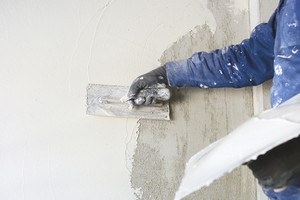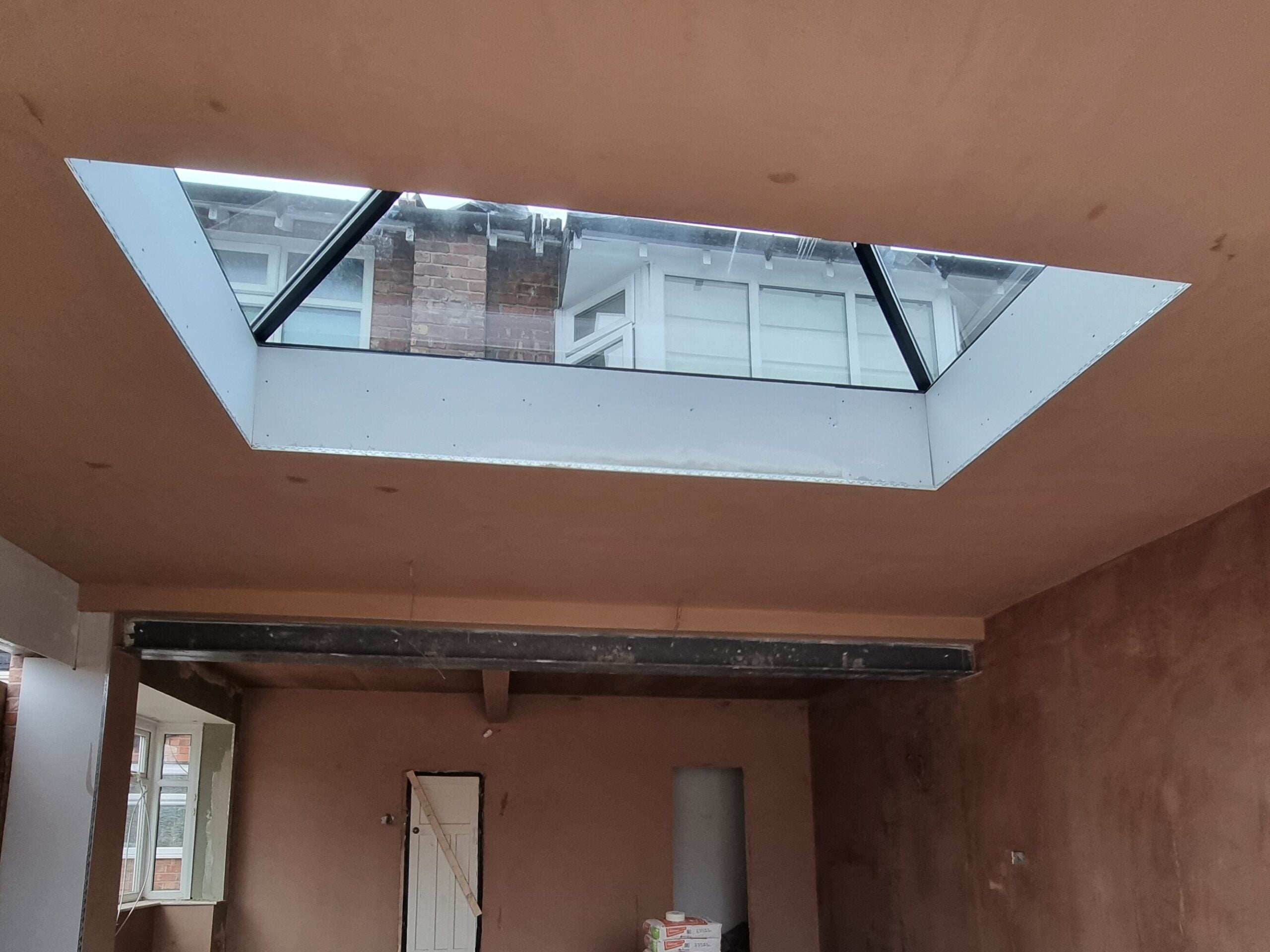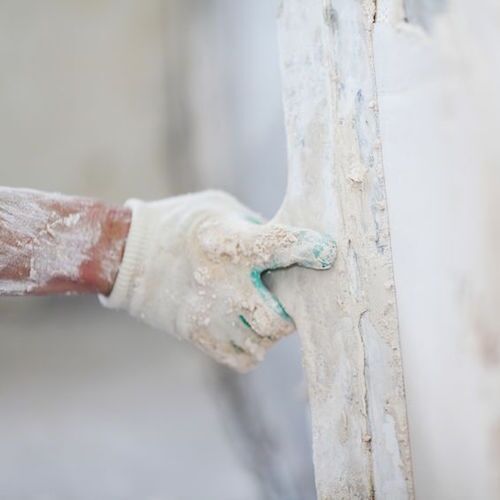Inside Plastering: Top Quality Handiwork for Flawless Wall Surfaces
Wiki Article
Understanding the Vital Methods of Plastering for Home Improvement Projects
In the realm of home renovation, mastering the crucial methods of plastering can considerably improve both the capability and aesthetic charm of an area. The plastering process incorporates vital phases, from precise surface preparation to the precise application of products.Sorts Of Gluing Strategies
Although different plastering techniques exist, each offers a distinct purpose and supplies distinctive aesthetic qualities. Among one of the most common techniques is conventional lime plastering, which is recognized for its breathability and versatility. This strategy is particularly valuable for older structures, allowing moisture to escape while maintaining architectural integrity.Another widely made use of strategy is gypsum plastering, which involves the application of a quick-setting substance. It supplies a smooth coating and is suitable for indoor walls and ceilings, making it a preferred option in modern-day building. For a much more distinctive appearance, trowel-on plastering methods such as stucco and Venetian plaster are commonly employed. Stucco, frequently made use of in exteriors, supplies longevity and weather resistance, while Venetian plaster is renowned for its extravagant, polished finish.
Additionally, there are extra specialized techniques, such as skimming, which is a procedure that entails using a thin layer of plaster over existing surfaces to develop a smooth finish. Each of these strategies can considerably influence the overall aesthetic and performance of a room, making it essential to pick the appropriate method based on the details needs of a task.

Tools and Materials Needed

The hawk serves as a platform to hold the plaster, while the trowels, readily available in different dimensions, are essential for application and smoothing. A float, usually made of rubber or sponge, is used to achieve a consistent finish.

Investing in top notch devices and products ultimately contributes to an extra effective gluing task, producing a resilient and aesthetically pleasing finish. Effectively equipped, you lay the groundwork for reliable plastering and home renovation.
Step-by-Step Plastering Process
With the right devices and products in hand, the following phase entails performing the plastering procedure with precision. Begin by preparing the surface to guarantee optimum attachment. Eliminate any loosened particles, dirt, or old plaster, and use a bonding agent if needed.As soon as the surface is prepped, mix the plaster according to the maker's instructions, accomplishing a smooth, lump-free consistency. Utilizing a trowel, apply the first layer, referred to as the scrape coat, to a thickness of concerning 5-10 mm. Make certain consistent protection, and utilize a comb or scratcher to produce grooves for much better adhesion of subsequent layers.
After allowing the scratch coat to establish partly, apply the 2nd layer, or the brownish layer, smoothing it out for an even surface. Allow this layer to completely dry, commonly for 24-48 hours, depending upon the conditions. Finally, apply the finishing coat, which need to be thinner and smoother. Plume the sides to mix right into the surrounding surface area, achieving a seamless look.
When the plaster has actually dried extensively, it can be fined sand gently to get rid of flaws. Follow up with a primer prior to paint for a polished last appearance.
Typical Mistakes to Avoid
Stopping working to acknowledge usual errors can significantly impact the quality of your plastering job. Disregarding to fix any underlying issues, such as dampness or architectural damage, can endanger the plaster's integrity.
Timing is additionally essential; several unskilled plasterers hurry the application. Permitting the first layer to dry completely prior to applying subsequent layers is necessary to protect against too much cracking and shrinkage.
In addition, not making use of the right tools can prevent the completing process. Utilizing trowels that are small or too huge can affect your control and the level of smoothness of the finish.
Tips for Finishing Touches
Achieving a perfect coating in plastering needs attention to detail and a few calculated try this methods. As soon as the first application has actually dried, begin the completing process by utilizing a damp sponge or trowel to smooth out any type of blemishes. This action not just boosts the surface area yet additionally aids to eliminate any type of excess plaster that might have dried unevenly.read this article Next, consider making use of a fine-grit sanding block or pole sander for a much more polished appearance. Fining sand need to be done gently to avoid damaging the underlying layer - Plastering. Always use a mask to safeguard against dirt inhalation
After sanding, examine the surface area under various lights conditions to determine any kind of missed out on spots or disparities. Apply a slim layer of finishing plaster if required, feathering out the sides to mix effortlessly with the surrounding location.
Conclusion
In final thought, mastering necessary plastering strategies substantially improves the top quality of home improvement tasks. Understanding the different kinds of smudging approaches, using ideal tools and materials, and sticking to a methodical application process contribute to attaining a smooth and sturdy finish.In the world of home improvement, grasping the necessary strategies of plastering can substantially enhance both the functionality and aesthetic charm of a find here space.Although different gluing techniques exist, each serves an one-of-a-kind objective and provides distinctive visual qualities. Plastering. For a much more textured look, trowel-on plastering methods such as stucco and Venetian plaster are commonly used. Stucco, typically utilized in exteriors, supplies sturdiness and weather condition resistance, while Venetian plaster is renowned for its glamorous, polished surface
Frequently made use of plaster kinds include gypsum plaster, lime plaster, and cement-based plaster, each offering various functions and environments.
Report this wiki page